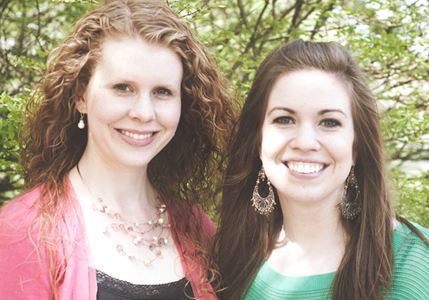![]() ModCloth is an online retailer that specializes in vintage , vintage-inspired and indie clothing, accessories and decor. ModCloth was started in Pittsburgh in 2002 by Susan Gregg-Koger and her then-boyfriend, now-husband, Eric Koger. Eric started a web development business in 2000 and used his knowledge to help Susan launch an eCommerce site for the amazing pre-worn vintage items she’d found at vintage sales. The company began in the Kogers’ college house basement at Carnegie Mellon where they employed a student part-time to help with packaging and shipping. It now has, however, 450 full-time employees across offices in San Francisco, Los Angeles and Pittsburgh. It is one of the fastest-growing fashion and home eCommerce ventures to emerge in the past decade and the company did more than $100 million in sales last year.
ModCloth is an online retailer that specializes in vintage , vintage-inspired and indie clothing, accessories and decor. ModCloth was started in Pittsburgh in 2002 by Susan Gregg-Koger and her then-boyfriend, now-husband, Eric Koger. Eric started a web development business in 2000 and used his knowledge to help Susan launch an eCommerce site for the amazing pre-worn vintage items she’d found at vintage sales. The company began in the Kogers’ college house basement at Carnegie Mellon where they employed a student part-time to help with packaging and shipping. It now has, however, 450 full-time employees across offices in San Francisco, Los Angeles and Pittsburgh. It is one of the fastest-growing fashion and home eCommerce ventures to emerge in the past decade and the company did more than $100 million in sales last year.
ModCloth is extremely popular with fashion bloggers, vintage lovers, and online shoppers in general because there are up to 50 new products a day on the ModCloth website. That fresh content is essential to making browsing the ModCloth site a daily habit. Also, ModCloth’s Be the Buyer program allows customers to vote on which designs are created and sold by ModCloth. Combine all this with ModCloth’s great customer service and it’s no wonder that in 2010, ModCloth was named the #2 Fastest-Growing Private Company in America according to Inc. It was also named to Forbes 30 under 30 list for Technology in 2011 and for Art and Style in 2012. ModCloth also made No. 19 on the World’s 50 Most Innovative Companies as well as No. 14 on the Most Innovative Social Media Companies list by Fast Company in 2013.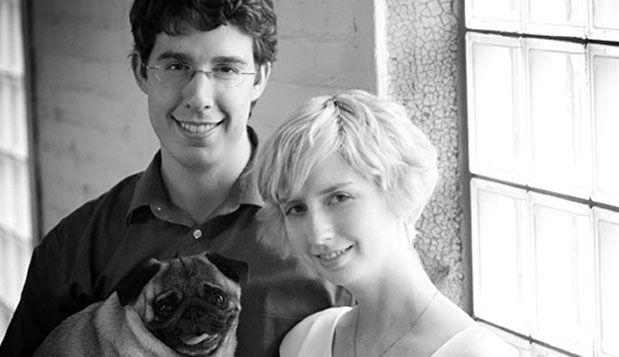
 his father’s advice when an oncoming truck forced Wimmer to jump into a ditch to avoid being hit during a training run. After graduating, Wimmer and his father, an entrepreneur, holed up in their basement, and using credit cards to back their endeavors, began producing athlete-friendly ID tags, modeled after military dog tags. The two of them called their upstart Erlanger, Kentucky based company Road ID. Now, thirteen years later, the company continues to make these athletic ID tags and will engrave them with anything the customer chooses, but still recommends including “vital statistics and inspirational mantras to help lift spirits mid-workout.” An interactive version of these tags also gives responders access to your medical information including allergies and health insurance in the case of an emergency. However safety’nuts are not the only people who have taken an interest in these ID bands. What started out as a practical way to protect athletes has now evolved into a status symbol- a fashion statement that says: “I’m an athlete.”
his father’s advice when an oncoming truck forced Wimmer to jump into a ditch to avoid being hit during a training run. After graduating, Wimmer and his father, an entrepreneur, holed up in their basement, and using credit cards to back their endeavors, began producing athlete-friendly ID tags, modeled after military dog tags. The two of them called their upstart Erlanger, Kentucky based company Road ID. Now, thirteen years later, the company continues to make these athletic ID tags and will engrave them with anything the customer chooses, but still recommends including “vital statistics and inspirational mantras to help lift spirits mid-workout.” An interactive version of these tags also gives responders access to your medical information including allergies and health insurance in the case of an emergency. However safety’nuts are not the only people who have taken an interest in these ID bands. What started out as a practical way to protect athletes has now evolved into a status symbol- a fashion statement that says: “I’m an athlete.”  Runners, cyclists, and many other athletes are now wearing their Road ID’s even when they are not working out. In 2011 the previously online retailer decided to broaden its horizons by using kiosks to market and sell their bands in sporting goods shops. In addition to this, the company deals heavily in social media and email advertising as well as word of mouth. When a customer buys any Road ID product, they receive a special discount code that they can use and share for 30 days to get deals on other Road ID goods. In this way Road ID makes its customers its prime salesmen. Although Wimmer refuses to divulge the company’s current worth, he claims that the company has growth by about 50% every year since 2002 and expects that its growth will continue as more and more athletes become acquainted with their product and want the image that it provides.
Runners, cyclists, and many other athletes are now wearing their Road ID’s even when they are not working out. In 2011 the previously online retailer decided to broaden its horizons by using kiosks to market and sell their bands in sporting goods shops. In addition to this, the company deals heavily in social media and email advertising as well as word of mouth. When a customer buys any Road ID product, they receive a special discount code that they can use and share for 30 days to get deals on other Road ID goods. In this way Road ID makes its customers its prime salesmen. Although Wimmer refuses to divulge the company’s current worth, he claims that the company has growth by about 50% every year since 2002 and expects that its growth will continue as more and more athletes become acquainted with their product and want the image that it provides.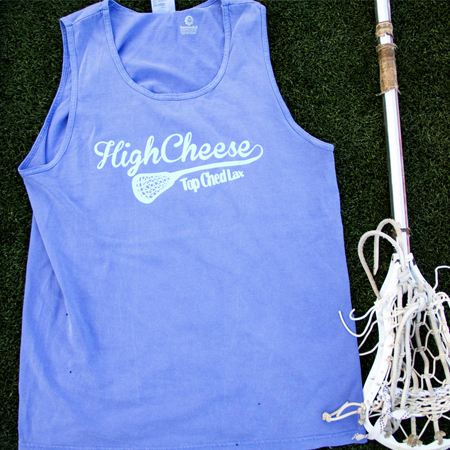

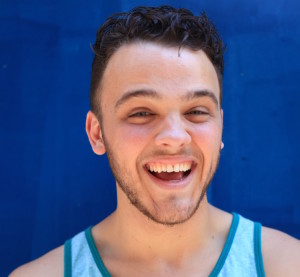

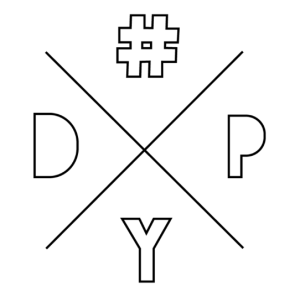
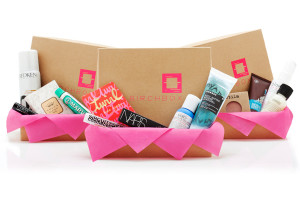
 et go he believed global poverty and climate change were the two biggest problems faced by the world. Biocher is the product that he came up with, and has essentially killed two birds with one stone.
et go he believed global poverty and climate change were the two biggest problems faced by the world. Biocher is the product that he came up with, and has essentially killed two birds with one stone.
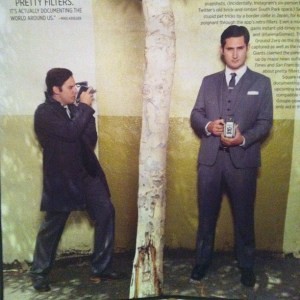


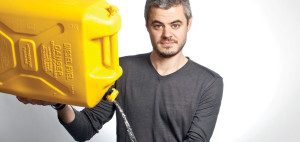
 The Model
The Model quality around the world, have been utilized by this organization. Said exhibit would be set up in different parks in New York City, to educate as well as fund-raise by selling $20 water bottles to support the organization.
quality around the world, have been utilized by this organization. Said exhibit would be set up in different parks in New York City, to educate as well as fund-raise by selling $20 water bottles to support the organization.

